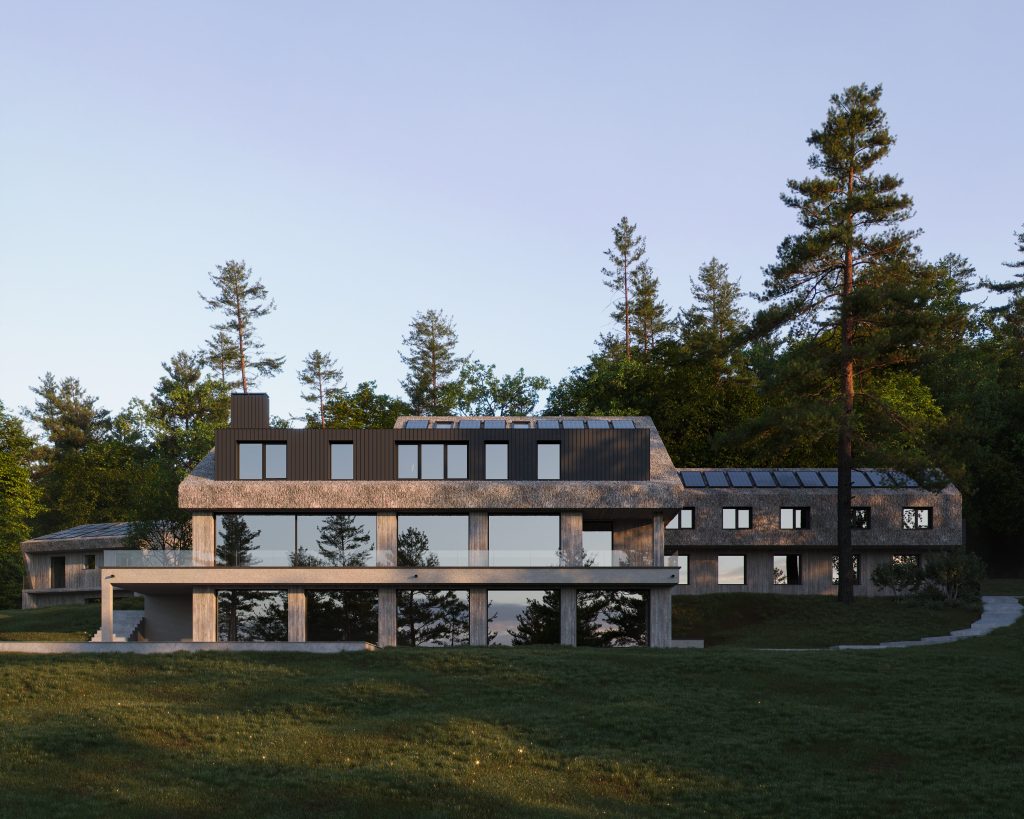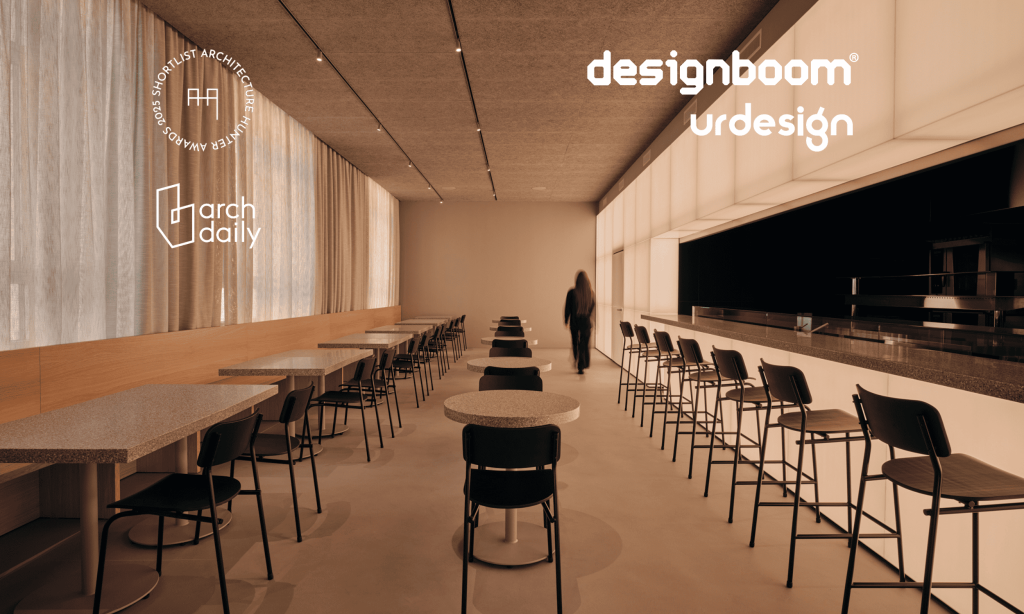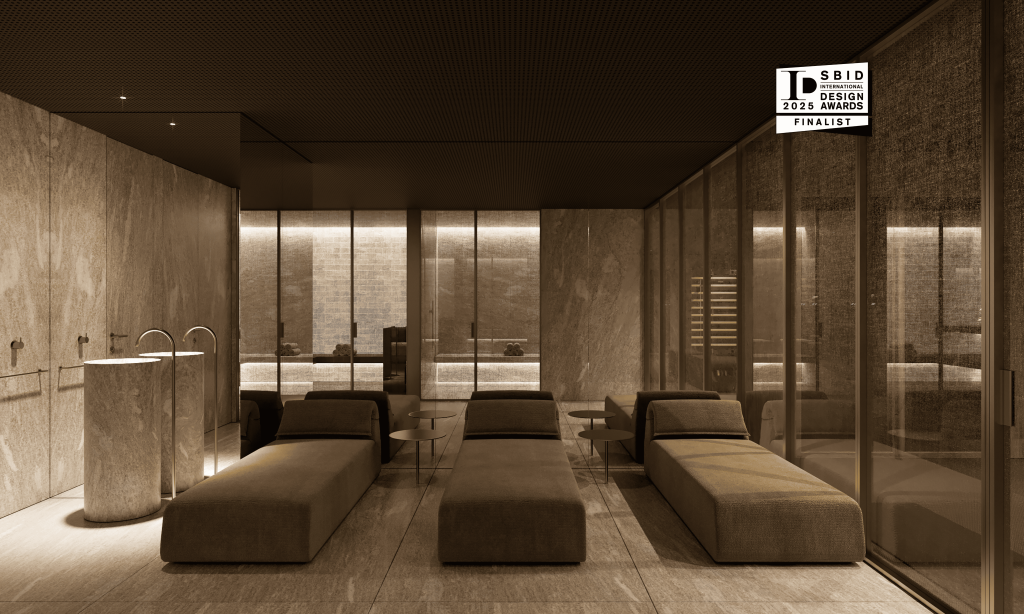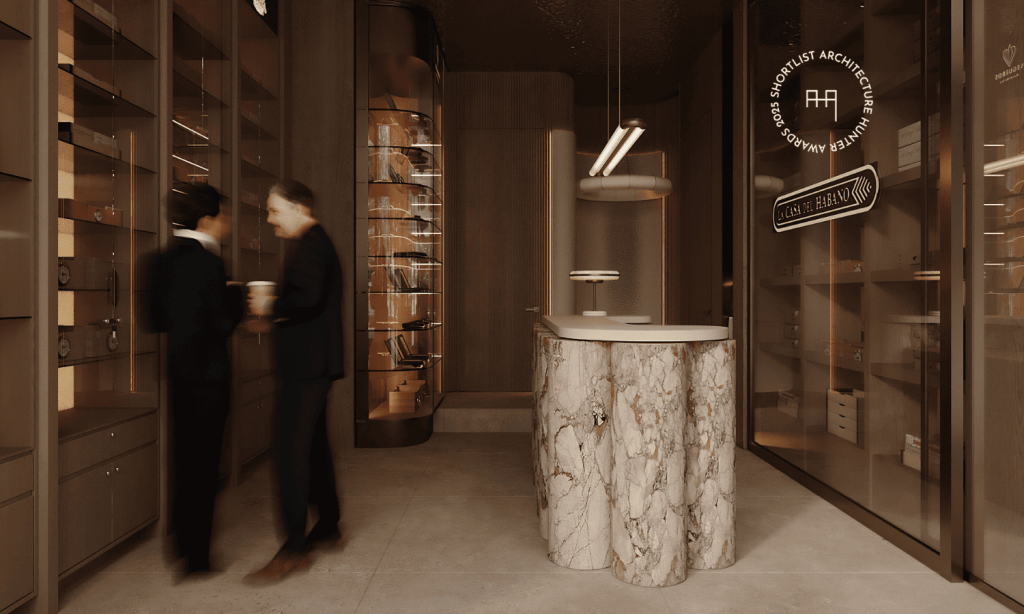The Influence of Scandinavian Design on Global Architecture

Scandinavian design has long been admired for its simplicity, functionality, and connection to nature. Originating in the Nordic countries—Denmark, Sweden, Norway, Finland, and Iceland—this design philosophy emerged in the early 20th century but gained global prominence in the mid-century modern era. Over the past few decades, the global impact of Scandinavian design has been profound, influencing not only interior design aesthetics but also significantly shaping global architecture.
What makes Scandinavian design so influential? Its enduring appeal lies in its human-centered approach that prioritizes functionality without sacrificing beauty, sustainability without compromising comfort, and simplicity that still feels warm and inviting. This article explores how Scandinavian design principles have shaped modern architecture worldwide and why they remain relevant in today’s globalized design landscape.
At Craft & Concept, these Scandinavian principles strongly influence our approach to residential design and architecture, where functionality, natural light, and timeless aesthetics come together to create meaningful living spaces.
Key Principles of Scandinavian Design
At the heart of Scandinavian design are several core principles that have helped it maintain global appeal:
1. Simplicity and Minimalism
Scandinavian design is synonymous with minimalist architecture — clean lines, uncluttered spaces, and a focus on functionality. The mantra “less is more” is deeply embedded in its philosophy, favoring thoughtful simplicity in architectural design over unnecessary ornamentation. Scandinavian design encourages a "form follows function" approach, where every element serves a purpose, from the layout of a space to the materials used.
2. Connection to Nature
Scandinavian countries are known for their long winters and lack of daylight, which has influenced a design aesthetic that brings the outdoors inside. Natural materials like wood, stone, and wool are common, as is the use of neutral, earthy tones that evoke a sense of calm and warmth. Large windows, open spaces, and natural lighting are integral to the design, blurring the boundaries between indoor and outdoor environments.
3. Functionality and Practicality
Scandinavian design is renowned for being practical and user-friendly. Scandinavian interior design prioritizes spaces that are designed to be lived in, with every feature serving a functional purpose. This design philosophy values comfort and ease of use, whether in furniture, layout, or architectural elements. Scandinavian homes and buildings emphasize efficiency and practicality, often with multi-functional furniture and clever storage solutions that make the most of smaller spaces.
4. Sustainability and Craftsmanship
With a strong emphasis on environmental consciousness, Scandinavian design champions sustainable practices and materials. Local and eco-friendly materials are commonly used, and buildings are designed to minimize energy consumption. Additionally, craftsmanship is highly valued in Scandinavian architecture, with a focus on quality and durability that aligns with the region’s cultural values of sustainability and longevity.

The Global Spread of Scandinavian Design
Over the years, Scandinavian design has transcended its Nordic roots, spreading its influence far beyond Northern Europe. Several factors have contributed to its global reach:
1. Mid-Century Modern Movement
Scandinavian design played a pivotal role in the mid-century modern movement of the 1950s and 1960s, a period when furniture and architectural design sought to combine simplicity with organic forms and functionality. Scandinavian designers like Arne Jacobsen and Alvar Aalto became iconic figures of the movement, known for their ability to fuse modernist ideals with natural materials and soft, organic shapes. Their contributions to mid-century modern design emphasized both aesthetic beauty and everyday usability, making Scandinavian furniture and architecture highly sought after across the globe during this era.
2. The Rise of Global Brands like IKEA
A key driver of Scandinavian design’s global influence is the success of brands like IKEA, which popularized the design philosophy by making affordable, functional, and stylish furniture accessible to the masses. IKEA’s flat-pack furniture, which emphasizes simplicity, efficiency, and functionality, reflects the core tenets of Scandinavian design and has found its way into millions of homes globally.
3. Architecture and Urban Design
Scandinavian architecture is renowned for its attention to detail, eco-conscious principles, and ability to adapt to different environments. As global awareness of sustainability grows, architects and city planners have drawn inspiration from Scandinavian principles to create buildings and urban spaces that prioritize energy efficiency, natural light, and harmonious integration with the environment. In cities across Europe, North America, and even Asia, Scandinavian-inspired architecture is evident in residential and commercial buildings that emphasize simplicity, open-plan layouts, and a connection to nature.
4. The Hygge Phenomenon
One concept that has contributed to Scandinavian design’s global appeal is hygge—a Danish and Norwegian word that translates to "coziness" or "comfort." The hygge design philosophyfeatures warm, welcoming spaces that promote a sense of well-being and togetherness. The hygge phenomenon has further spread Scandinavian design principles across the globe, encouraging people to embrace minimalism, natural materials, and thoughtful decoration that fosters comfort and relaxation.

The Scandinavian Influence on Modern Architecture
Scandinavian architecture has had a profound influence on modern architectural styles worldwide, especially in terms of sustainability, simplicity, and functionality.
1. Sustainable Architecture
Scandinavia’s commitment to environmental sustainability has made the region a leader in green architecture. Scandinavian architects often design buildings with energy efficiency in mind, incorporating features like natural ventilation, solar panels, and green roofs. This sustainable approach has inspired architects globally to integrate eco-friendly practices into their designs, leading to the rise of green architecture in cities around the world.
In Scandinavian cities like Copenhagen and Stockholm, new developments often include eco-conscious features like passive solar design, rainwater harvesting, and energy-efficient insulation. The global trend towards sustainable architecture—fueled by a growing awareness of climate change—owes much to Scandinavian innovation in this area.
2. Minimalism in Urban Spaces
The influence of Scandinavian design is also evident in urban planning and public spaces. Cities around the world are adopting minimalistic, human-centric approaches that emphasize simplicity, functionality, and accessibility. Urban developments in regions such as North America and Australia are increasingly incorporating Scandinavian-inspired elements, like open public spaces, green areas, and natural materials in construction.
3. Functional Residential Architecture
Scandinavian architecture is characterized by clean, functional designs that are perfectly suited to modern lifestyles. Large windows that let in natural light, open-plan living areas, and simple, sustainable materials are key features of Scandinavian homes. These elements have been widely adopted in residential architecture globally, particularly in countries like the United States, Canada, and Japan, where Scandinavian-inspired homes emphasize comfort, functionality, and understated elegance.
4. Modular and Prefabricated Housing
Prefabrication is another area where Scandinavian design has made a mark globally. Prefabricated homes, which can be built off-site and assembled quickly, have gained popularity due to their cost-effectiveness, sustainability, and speed of construction.

The Future of Scandinavian Influence
The principles of Scandinavian design—sustainability, simplicity, and functionality—are more relevant than ever as the world grapples with environmental concerns and urbanization. The focus on green building practices and efficient use of resources is likely to continue shaping the future of architecture. As technology evolves, Scandinavian architects and designers are embracing innovations like AI-driven design, smart home technology, and adaptive reuse while staying true to their core values.
Scandinavian design has become more than a regional aesthetic—it’s a global movement that has forever changed the way we think about architecture and interior design. From eco-friendly homes to minimalist urban spaces, the influence of Scandinavian design is all around us, providing a blueprint for how we can build beautiful, functional, and sustainable spaces in the 21st century.





